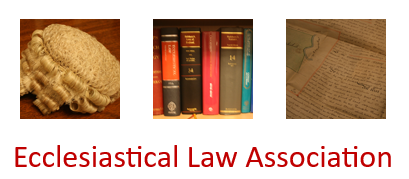The petitioner wished to apply fine shingle or fine gravel to the area within the kerbs of two graves, for the purpose of weed suppression. The Parochial Church Council ("PCC") opposed the proposal, as the Churchyard Regulations provided that “kerbs, railings or chippings, whether raised or at ground level, are not permitted", and the PCC had been endeavouring to enforce the regulations. They would have preferred the kerbs to be removed. The Commissary General considered the factors in favour and against allowing the proposal and decided, on balance, to grant a faculty: there was no petition for the removal of the kerbs; the introduction of fine shingle would not make mowing or strimming more difficult; the appearance of fine shingle was more natural than chippings; and the fine shingle would slow down the growth of weeds.

